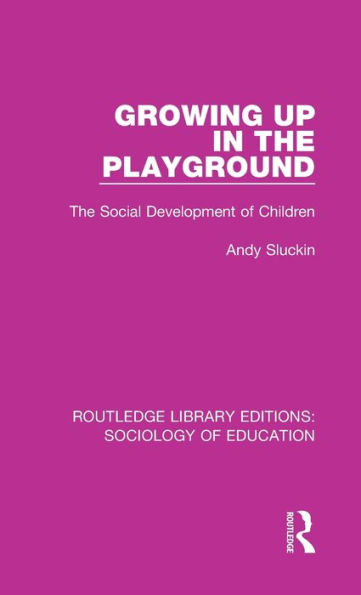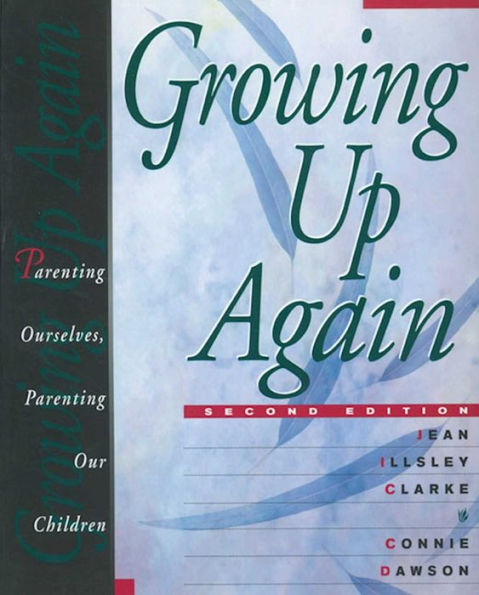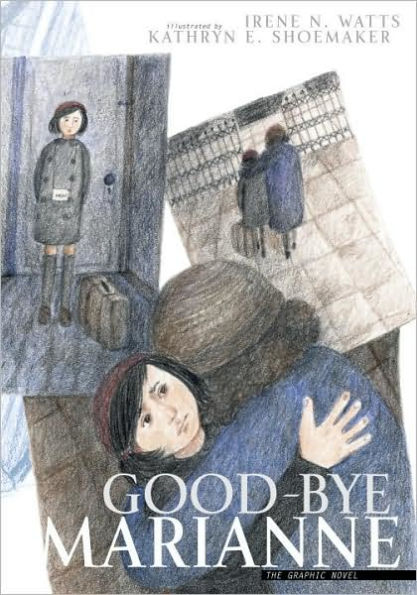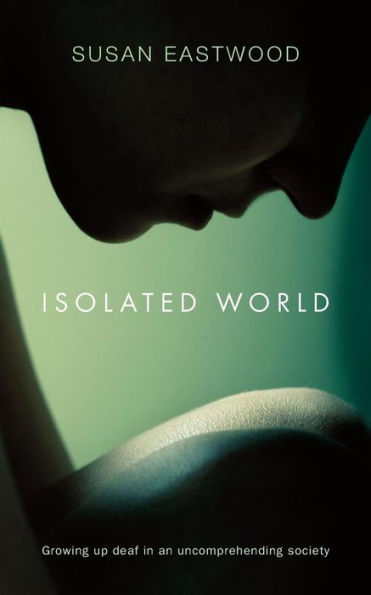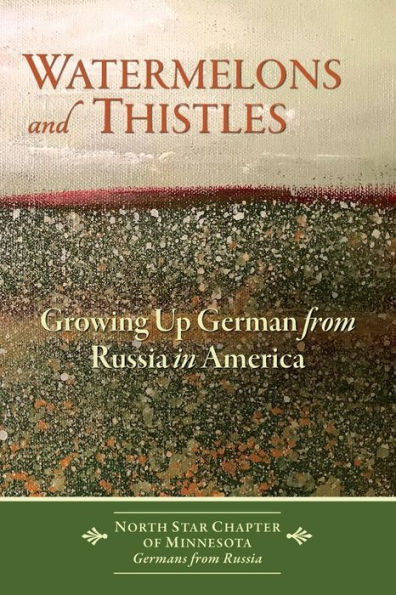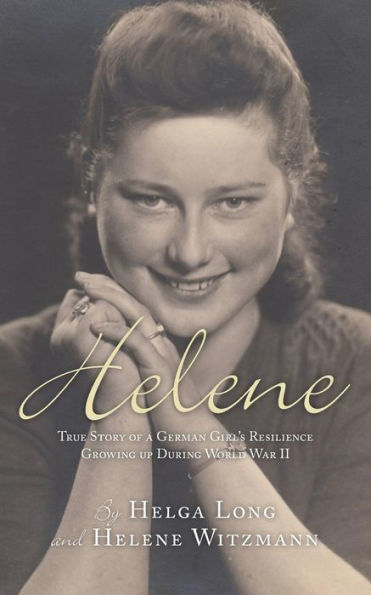Home
Growing up in Diverse Societies: The Integration of Children of Immigrants in England, Germany, the Netherlands, and Sweden
Barnes and Noble
Loading Inventory...
Growing up in Diverse Societies: The Integration of Children of Immigrants in England, Germany, the Netherlands, and Sweden
Current price: $115.00

Barnes and Noble
Growing up in Diverse Societies: The Integration of Children of Immigrants in England, Germany, the Netherlands, and Sweden
Current price: $115.00
Loading Inventory...
Size: OS
*Product information may vary - to confirm product availability, pricing, shipping and return information please contact Barnes and Noble
Growing up in Diverse Societies
provides a comprehensive analysis of the integration of children of immigrants in England, Germany, the Netherlands and Sweden. It is based on the Children of Immigrants Longitudinal Survey in Four European Countries (CILS4EU), which included harmonised interviews with almost 19,000 14-15-year-olds.
studies the life situation, social relations, and attitudes of adolescents in different ethnic minority groups, and compares these systematically to the majority youth in the four countries. The chapters cover a wide range of aspects of integration, all addressing comparisons between origin groups, generations, and destination countries, and elucidating processes accounting for differences.
The results challenge much of the current thinking on the state of integration. In some respects, such as own economic means, delinquency, and mental health, children of immigrants are surprisingly similar to majority youth, while in other respects there are large dissimilarities. There are also substantial differences between ethnic minority groups, with the economic and cultural distance of the origin regions to the destination country being a key factor. For some outcomes, such as language proficiency or host country identification, dissimilarities seem to narrow over generations, but this does not hold for other outcomes, such as religiosity and attitudes. Remaining differences partly depend on ethnic segregation, some on socioeconomic inequality, and others on parental influences. Most interestingly,
finds that the four destination countries, though different in their immigration histories, policy approaches, and contextual conditions, are on the whole rather similar in the general patterns of integration and in the underlying processes.
provides a comprehensive analysis of the integration of children of immigrants in England, Germany, the Netherlands and Sweden. It is based on the Children of Immigrants Longitudinal Survey in Four European Countries (CILS4EU), which included harmonised interviews with almost 19,000 14-15-year-olds.
studies the life situation, social relations, and attitudes of adolescents in different ethnic minority groups, and compares these systematically to the majority youth in the four countries. The chapters cover a wide range of aspects of integration, all addressing comparisons between origin groups, generations, and destination countries, and elucidating processes accounting for differences.
The results challenge much of the current thinking on the state of integration. In some respects, such as own economic means, delinquency, and mental health, children of immigrants are surprisingly similar to majority youth, while in other respects there are large dissimilarities. There are also substantial differences between ethnic minority groups, with the economic and cultural distance of the origin regions to the destination country being a key factor. For some outcomes, such as language proficiency or host country identification, dissimilarities seem to narrow over generations, but this does not hold for other outcomes, such as religiosity and attitudes. Remaining differences partly depend on ethnic segregation, some on socioeconomic inequality, and others on parental influences. Most interestingly,
finds that the four destination countries, though different in their immigration histories, policy approaches, and contextual conditions, are on the whole rather similar in the general patterns of integration and in the underlying processes.
Growing up in Diverse Societies
provides a comprehensive analysis of the integration of children of immigrants in England, Germany, the Netherlands and Sweden. It is based on the Children of Immigrants Longitudinal Survey in Four European Countries (CILS4EU), which included harmonised interviews with almost 19,000 14-15-year-olds.
studies the life situation, social relations, and attitudes of adolescents in different ethnic minority groups, and compares these systematically to the majority youth in the four countries. The chapters cover a wide range of aspects of integration, all addressing comparisons between origin groups, generations, and destination countries, and elucidating processes accounting for differences.
The results challenge much of the current thinking on the state of integration. In some respects, such as own economic means, delinquency, and mental health, children of immigrants are surprisingly similar to majority youth, while in other respects there are large dissimilarities. There are also substantial differences between ethnic minority groups, with the economic and cultural distance of the origin regions to the destination country being a key factor. For some outcomes, such as language proficiency or host country identification, dissimilarities seem to narrow over generations, but this does not hold for other outcomes, such as religiosity and attitudes. Remaining differences partly depend on ethnic segregation, some on socioeconomic inequality, and others on parental influences. Most interestingly,
finds that the four destination countries, though different in their immigration histories, policy approaches, and contextual conditions, are on the whole rather similar in the general patterns of integration and in the underlying processes.
provides a comprehensive analysis of the integration of children of immigrants in England, Germany, the Netherlands and Sweden. It is based on the Children of Immigrants Longitudinal Survey in Four European Countries (CILS4EU), which included harmonised interviews with almost 19,000 14-15-year-olds.
studies the life situation, social relations, and attitudes of adolescents in different ethnic minority groups, and compares these systematically to the majority youth in the four countries. The chapters cover a wide range of aspects of integration, all addressing comparisons between origin groups, generations, and destination countries, and elucidating processes accounting for differences.
The results challenge much of the current thinking on the state of integration. In some respects, such as own economic means, delinquency, and mental health, children of immigrants are surprisingly similar to majority youth, while in other respects there are large dissimilarities. There are also substantial differences between ethnic minority groups, with the economic and cultural distance of the origin regions to the destination country being a key factor. For some outcomes, such as language proficiency or host country identification, dissimilarities seem to narrow over generations, but this does not hold for other outcomes, such as religiosity and attitudes. Remaining differences partly depend on ethnic segregation, some on socioeconomic inequality, and others on parental influences. Most interestingly,
finds that the four destination countries, though different in their immigration histories, policy approaches, and contextual conditions, are on the whole rather similar in the general patterns of integration and in the underlying processes.

